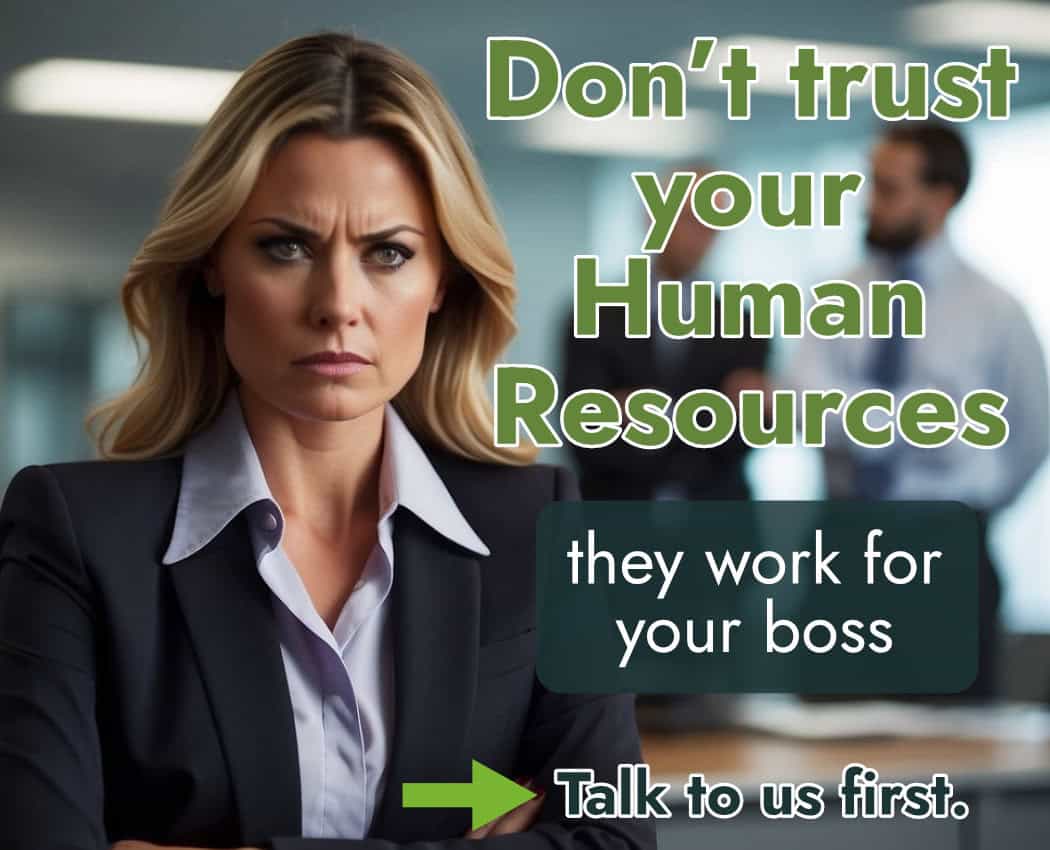
Maternity Leave Rights Lawyers for Women in Kamloops, BC
At Taylor Janis LLP, we understand women’s’ rights in the workplace.
We also understand that many companies in Alberta, BC, and Saskatchewan, are under the impression that the rules do not apply to them; or that they can find creative ways around their obligations.
This is particularly true regarding maternity leave rights, as, unfortunately, many women are vulnerable during this time, to employer abuse and discrimination; abuse and discrimination which may significantly affect their careers and livelihoods.
Below is some general information about your maternity leave and pregnancy-related rights in the workplace.
Your Employment Rights While Pregnant at Work
The BC Human Rights Code prohibits discrimination based on gender. Pregnancy is included under the ground of gender, thus the law prohibits discrimination based on pregnancy.
In most cases, it is contrary to the Code to:
- ask on job applications or in job interviews if you are pregnant or plan to have children
- lay you off or demote you because you are pregnant
- harass or bully you because you are pregnant
- prevent you from using your benefit plan for the health-related part of your maternity leave
- ask you to pre-pay your benefit premiums or to pay your employer’s share of premiums for the health-related part of your maternity leave
Your pregnancy may prevent you from doing your job. Where possible, your employer should try to modify the workplace so you can work without harming yourself or the baby you carry.
For example, a pregnant store clerk may not have to carry heavy boxes from the stockroom if there is someone else on staff who can be asked. The clerk would then be expected to assume additional less-physically demanding duties in exchange for not carrying heavy boxes.
Negative comments or reactions from customers or staff about your pregnancy cannot be used as a reason to fire you, lay you off, or demote you.
What Determines the Benefits You Are Entitlement To?
An important consideration is where you can find your rights to maternity or parental leave benefits. Your leave benefits will be set out in either the B.C. Employment Standards Act (the “Act”) or your employment contract. Most B.C. workers are covered under the Act. However, there are some exceptions, a few of which are:
- Independent contractors;
- Workers for a federally regulated industry (for example, if you work for a bank, airline, or telecommunications company);
- People who are already receiving income assistance, disability benefits, or employment insurance;
- Members of a union; or
- Farm workers or tree planters.
The Act does not apply to these professions. The maternity and parental benefits these workers receive will be set out in their employment contract.
All workers have an employment contract that governs their rights between themselves and their employer, but the maternity and parental benefits set out in the Act will be the minimum a worker can receive: your employment contract cannot give you less rights than the benefits you are entitled to under the Act.
Maternity VS Parental Leave
When a pregnant worker has a baby, they are entitled to 17 weeks off work without pay. This is known as maternity leave. To take maternity leave, a pregnant worker must give their employer at least 4 weeks of written notice before they expect to go on leave.
Parental leave is different than maternity leave because the worker who is taking leave does not need to be pregnant: parental leave can be used by either parent or by an adoptive parent. Parental leave is unpaid leave from work when a child is born or adopted, and parents can take it together at the same time or at separate times.
If a pregnant worker takes maternity leave, they can then take up to 61 additional consecutive weeks of parental leave. Parental leave must be taken immediately after maternity leave. If a parent has not taken maternity leave, they can take up to 62 consecutive weeks of parental leave; this includes adoptive parents. If a parent or adoptive parent wants to take parental leave, they must do so within 78 weeks of the child’s birth or adoption. To take parental leave, you must give your employer at least 4 weeks of written notice before you expect to go on leave.
Income while on Maternity or Parental Leave
Most of the time, maternity and parental leave is unpaid. If your employer offers paid leave, it will be set out in your employment contract. Typically, to receive income while on maternity or parental leave, you will need to apply for EI, which is a federal program administered by the Government of Canada. A worker must apply to Service Canada to receive EI.
EI maternity benefits are available to someone who is away from work due to being pregnant or giving birth; these benefits cannot be shared between parents. Under EI maternity benefits, a worker could receive up to 55 percent of their usual earnings; this amount is capped at a weekly maximum of $638 per week for up to 15 weeks.
EI parental benefits are available to either parent of a new baby or newly adopted child. These workers have two available options:
- A standard rate that pays up to 55 percent of the worker’s usual earnings. This amount is capped at a weekly maximum of $638 per week for up to 40 weeks; or
- An extended rate that pays up to 33 percent of the worker’s usual earnings. This amount is capped at a weekly maximum of $383 per week for up to 69 weeks.
Whichever option you choose, it is important to note that one parent cannot receive more than 35 weeks of standard benefits, and one parent cannot receive more than 61 weeks of extended benefits.
When a worker applies for EI benefits, they can apply for both maternity and parental benefits at the same time. However, at the time of the application, the worker must choose between either standard benefits or extended benefits: their choice cannot change once benefit payments have started to flow, and if the benefits are being shared between parents, they must both choose the same option.
When you apply for leave, your application will be considered by Service Canada. The worker must prove they either are pregnant or that they have recently given birth to receive maternity benefits; the worker must prove they are a parent caring for a new baby or newly adopted child to receive parental benefits.
Returning to Work After Maternity or Parental Leave
When your leave is over and you are ready to return to work, you have certain rights as a worker that are protected under the Act. Your employer is not allowed to terminate your employment or change a condition of your employment without your written consent while you are on leave. After your leave is over, your employer must put you back in the same position or a comparable position to the job you held before taking leave.
In addition, a worker who has taken maternity or parental leave is deemed to have given continuous service. That means that there won’t be a break in either their years of service or vacation entitlement.
If you think your maternity leave rights have been violated, or, you would like to have a confidential discussion about your maternity leave rights, please contact Taylor Janis. We look forward to helping you.
Book A Consultation
At Taylor Janis LLP, we have the skills, knowledge, and expertise to handle all of your employment & labour law needs.

Our Kamloops intake staff are standing by to help you. Call 778-600-1599 or contact us online for general inquiries.
We also have a dedicated intake form to help you get the ball rolling. Our intake team will review your specific case and advise you on the next steps to take as well as what to expect moving forward.
Our Kamloops office is open 8:30 a.m.—4:30 p.m., Mon—Fri.


Tanya Maas
WORKPLACE LAWYER
Tanya has extensive experience in issues relating to wrongful dismissal, notice periods, human rights and workplace investigations. She believes that clients deserve relentless protection of their legal interests within legal and ethical bounds and an aggressive approach to litigation.
PRIVACY NOTICE: Any information you provide to our office — whether your personal information or employment/employer details — will be treated as strictly confidential and will not be disclosed to your employer or to any other third party. So, please be reassured that you can talk openly to our capable Intake Paralegals worry free. Fill out an Online Inquiry or call us now, your information will be in safe and helping hands.
The Legal Review Process by Taylor Janis Workplace Law
- Taylor Janis strives for high-quality, legally verified content.
- Content is meticulously researched and reviewed by our legal writers/proofers.
- Details are sourced from trusted legal sources like the Employment Standards Code.
- Each article is edited for accuracy, clarity, and relevance.
- If you find any incorrect information or discrepancies in legal facts, we kindly ask that you contact us with a correction to ensure accuracy.


